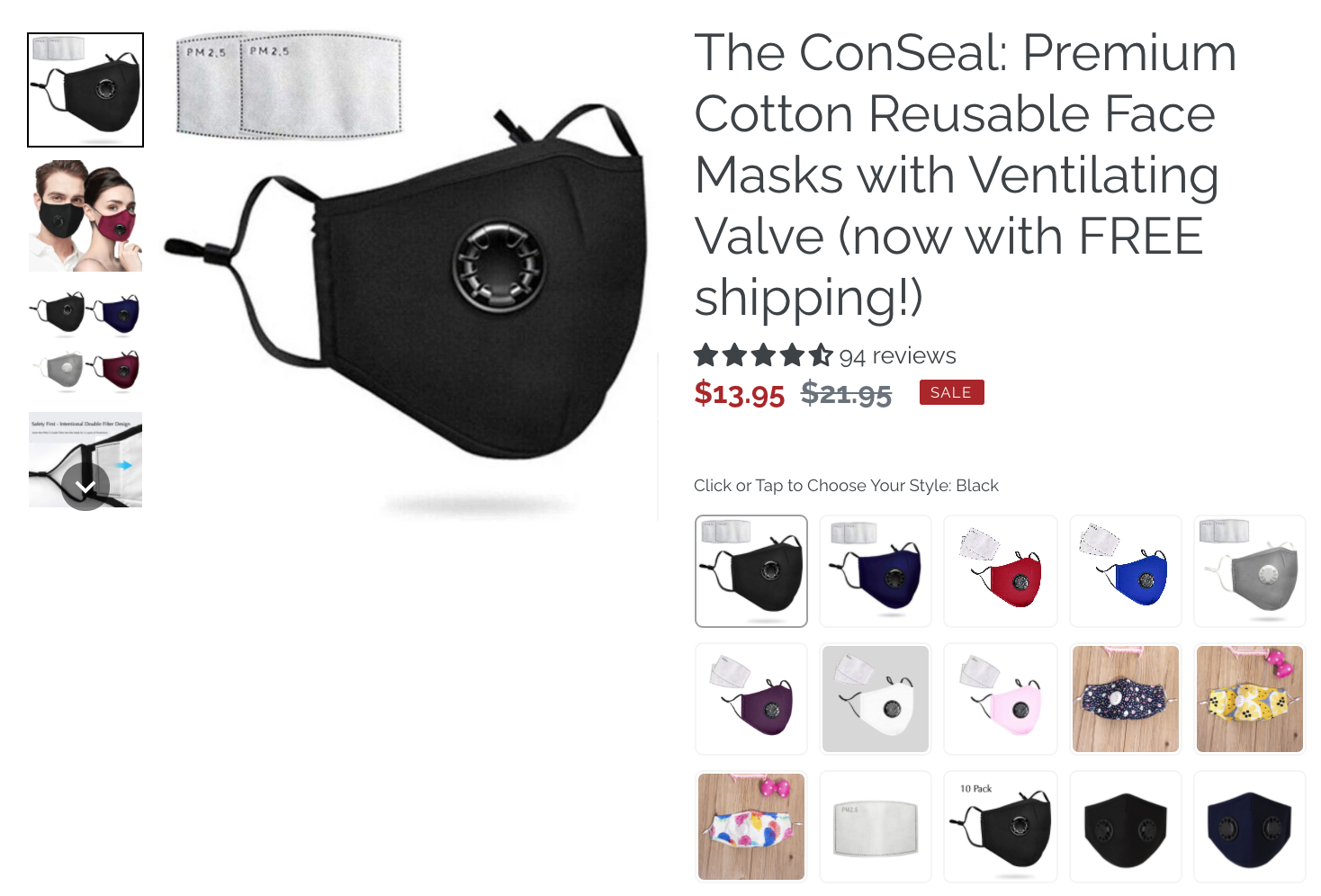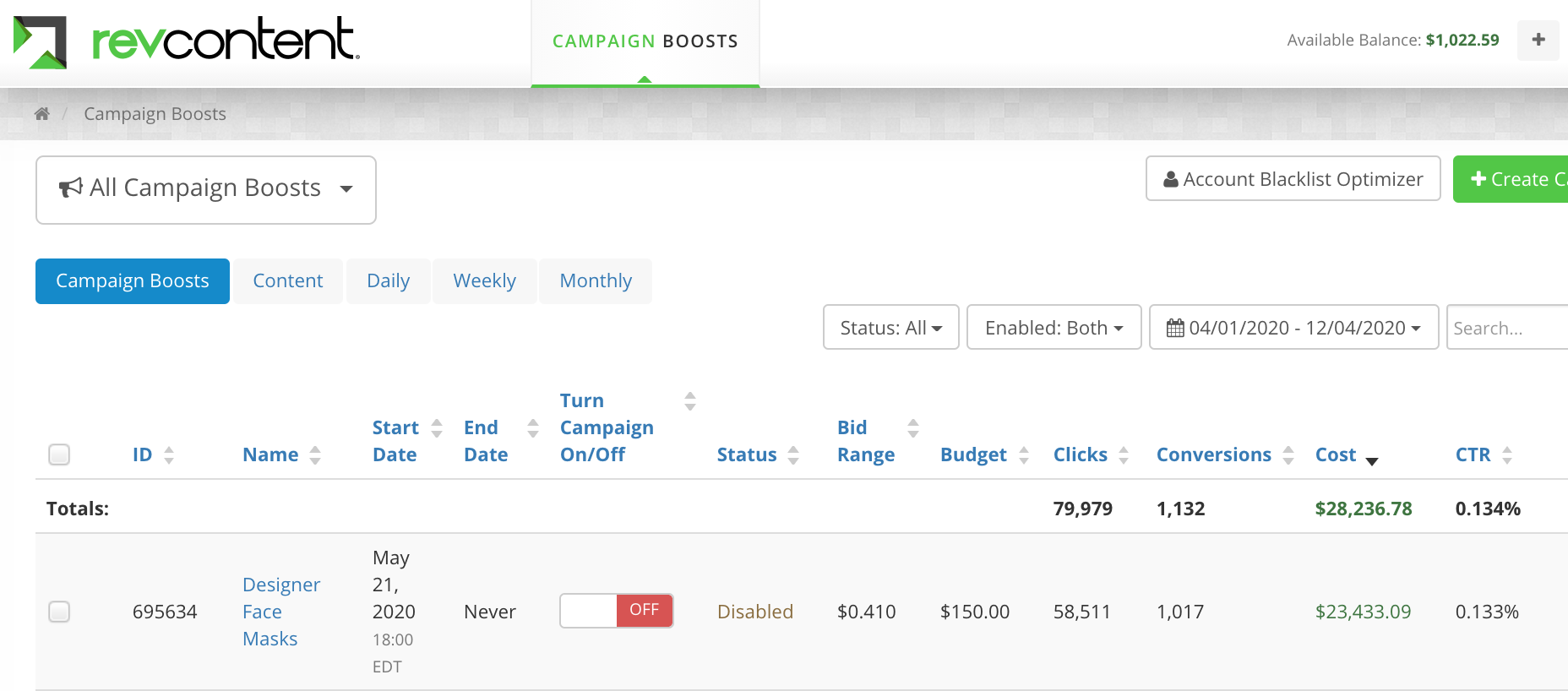Grow Your Marketing Strategy
To achieve growth in your customer base, you’ll first need to focus on generating brand awareness for your e-commerce business. This requires having a top-notch marketing strategy in your arsenal. (Need help with your email marketing? Check out our guide to the best email marketing strategy here!)
Generating more brand awareness goes hand-in-hand with your marketing strategy. This means thinking even more about your brand as a whole, rather than simply how to sell your products.
When you start your ecommerce business, you want people to know what your site is about. As you grow, you want them to recognize you as one of the leading competitors within your industry.
Strengthen brand awareness by collaborating with other brands in your field. Distinctive brand visuals – like a well-designed logo and website – plus, an active social media account, can help tie everything together. With your message and branding in sync, you will have gone beyond the pure presentation of your product. Focusing on solidifying and growing your position in the market, will allow you to unlock the next step of your growth.
Another powerful way to draw more people to your brand is to create high-value content that they can engage with. This may be starting a blog, whereby you’re sharing valuable knowledge on subjects that you want your brand to be associated with.
The more engaging you make your content, and the wider your social reach, the more likely it is that users will have an emotional connection to it. Content isn’t just about promoting your product and brand, after all. It’s about bringing a relevant, personal and meaningful experience to your audience, each and every time they engage with you.
Let the data speak. Use the learnings from A/B testing to build and invest in a more sophisticated marketing strategy. Ensure it’s continuously analyzed and optimized. Advertise on platforms like Facebook and Instagram, and have a lead and value-driven approach. You should also utilize the full potential of all relevant advertising and retargeting formats.
Combine this with pay-per-click advertising (PPC) — which is a must when it comes to increasing conversions. This will make sure you show up where and when your customer searches for you or your services/products. Plus, you can track analytics to see what gives the best results, boosting the performance of your upcoming campaigns based on these insights.
Also look into affiliate marketing, which works on a commission basis. This means you only pay the affiliate once they have driven a sale to you. Test, learn, improve and perform better over time. Go from generating leads and conversions to improving their quality and subsequently increasing the revenue you get from them.
Retarget Customers
Aside from attracting new customers, you shouldn’t forget the customers who were close to buying. Retargeting customers who visited you in the past, but left before making a purchase, is a great strategy. According to statistics, the average cart abandonment rate is just under 70%. That’s huge.
To avoid this, use targeted social media adverts and enticing, well-written email campaigns to convince users to complete their purchases. Although this seems basic, a lot of ecommerce platforms such as Shopify let you automate this abandoned cart recovery process.
Don’t Leave SEO Behind
Another string to your bow: a well-optimized website that ranks well and gets your company noticed by more people. In addition to the paid PPC campaign, your search engine advertising (SEA) strategy will bring in more customers.
How? Leverage SEO in all content on your website by improving it with the relevant keywords. Build a backlink profile for your website, remove any toxic links, and create a user experience that is even more seamless and intuitive.
Automate and Outsource Your Processes
In addition to investing in becoming more visible and driving more of the right conversions, think about internal optimization. Streamline your processes and use tools that promote efficiency.
Ideally, you’re looking for tools that will unify your financial data. This can be done by connecting your bank accounts, payment gateways, and ad networks in one place. Being able to track and monitor your cash flow and ROI, as well as invoice with automatic generation, will save you plenty of time.
You should automate any task that takes time away from focusing on your e-commerce business. This can be things such as scaling, accounting, answering customer support queries, and repricing.
By automating or outsourcing some of the day-to-day admin you face, you’ll also free up many hours otherwise spent on mundane tasks. Even if you have a large team of staff, sometimes you may not be able to get everything done.
As your business scales up, you’ll need to spend less time managing your accounting. Instead, you can spend time outsourcing the processing, packaging, and shipment of items, to a third party.
As you automate your internal processes, take the next step for your marketing. Embrace the technologies and platforms that increase your impact. Make it easier for your potential customers to connect with you, your products, or your services.
An example of AI is chatbots. Chatbots enable customers to get answers to commonly asked questions, while AR enables a customer to better visualize what they are going to purchase before buying.
Voice search is also becoming an increasingly popular addition to ecommerce business. With which customers are seeking online goods and services, these functionalities go beyond in terms of growth and service.
The systematic marketing strategy for eCommerce brands
When my lifestyle and consumer products brand, Yugenite , first started gaining traction, it was a single product that put the company on the map: a uniquely fashionable and reusable (non-medical) face mask.
Sales were good, but eventually plateaued as I hit a ceiling with my ad strategy. Faced with diminishing returns, I knew my goals: drive traffic, boost conversion rates, maximize average cart value, and create repeat customers. After reading up on every digital marketing strategy I could find, I threw everything at the wall to see what would stick.
I diligently monitored each tactic, decommissioning the ones that didn’t work and dialing up those that did. When the dust had settled, I could see the bigger picture: the winning strategies don’t succeed in isolation, but instead work together to create leads, close sales, and drive rapid growth. And that’s how I developed my systematic marketing strategy. It’s made up of three parts:
Outbound marketing
This could include outreach strategies like cold calls and cold emails. But unless you’re selling high-ticket products, services, or B2B, cold calls aren’t the way to go. Instead, most eCommerce brand owners turn to paid advertising as their first—and regrettably, their only—outbound marketing strategy.
At Yugenite, we ended up using multiple platforms to develop and close leads, but it started with a lesson from digital marketer Sabri Suby: 97% of your potential market is not ready to buy. Most of them aren’t even aware of the problem that your business solves. Some are aware of it, but don’t know that a solution exists. And even fewer are aware of the solutions and are gathering information in preparation to make a purchase.
When I learned that, I realized why my direct-response ad campaigns had such a low success rate. Immediately, we shifted our campaign to start not by trying to make a sale, but instead by educating the customer about why our product could solve their problems better than anything else out there. Ad viewers read about the different options on the market and became better educated about why our mask offered the highest quality, comfort, and durability.
Inbound marketing
Outbound marketing has been likened to targeting and throwing a metaphorical spear at your ideal prospects. In keeping with that metaphor, inbound marketing can be thought of as the creation of nets that you encourage your customers to swim into. (That makes it sound much more sinister than it is, I promise.)
Inbound marketing is about setting up your website the right way: clean design, clear CTAs, and a value proposition that speaks to the customers’ problems, questions, and desires. At Yugenite, a big part of this is through content marketing.
Part of our brand mission was to help people who were feeling anxious in the middle of the first round of COVID-19 shutdown orders. We also knew that we had a huge increase in the number of people coming to our website because we were spending so much on paid ads.
We decided to craft a brand message that encouraged a positive mindset and good mental and physical health in the midst of the pandemic. We regularly published to our blog to promote this message and encourage our audience. The increased traffic from our outbound ad strategy meant that we had thousands of readers on these messages.
In order to make the most of these eyeballs, we offered free downloads in exchange for our visitors’ email addresses, and as a result, rapidly built an email list of several thousand people. And that’s where the third component of systematic marketing strategy comes in.
Subscriber marketing
Subscriber marketing encompasses everything that you send to the people who have volunteered to receive messages from your brand—either through following you on social media or joining your email list.
The more powerful of the two is the email subscriber. The inbox is an intimate place that’s generally less casual reading than a social media feed. That’s why building an email subscriber list and developing an email marketing strategy is crucial to any eCommerce business.
Scale with a 4PL specialized in e-commerce
Nervous about shipping all those new orders? Don’t be. CBIP Logistics is a 4PL that specializes in scaling e-commerce supply chains. We’ll work with you to create a hand-tailored logistics plan that meets all your shipping needs, no matter where you are in your scaling process.
Thinking about going global or expanding to new markets? At CBIP we partner with hundreds of global providers to make sure you can send your product anywhere in the world.
From warehousing to last-mile fulfillment, CBIP has the network you need so you can grow your business quickly and hassle-free. Sound like something you need? Schedule a call with our team for a commitment-free meeting about your e-commerce business and we’ll talk you into it!
Sources:
https://www.twine.net/blog/grow-and-scale-ecommerce-business/
https://zapier.com/blog/how-to-scale-ecommerce-business/
https://cbiplogistics.com/en/post/3-most-important-steps-scaling-your-e-commerce-business




